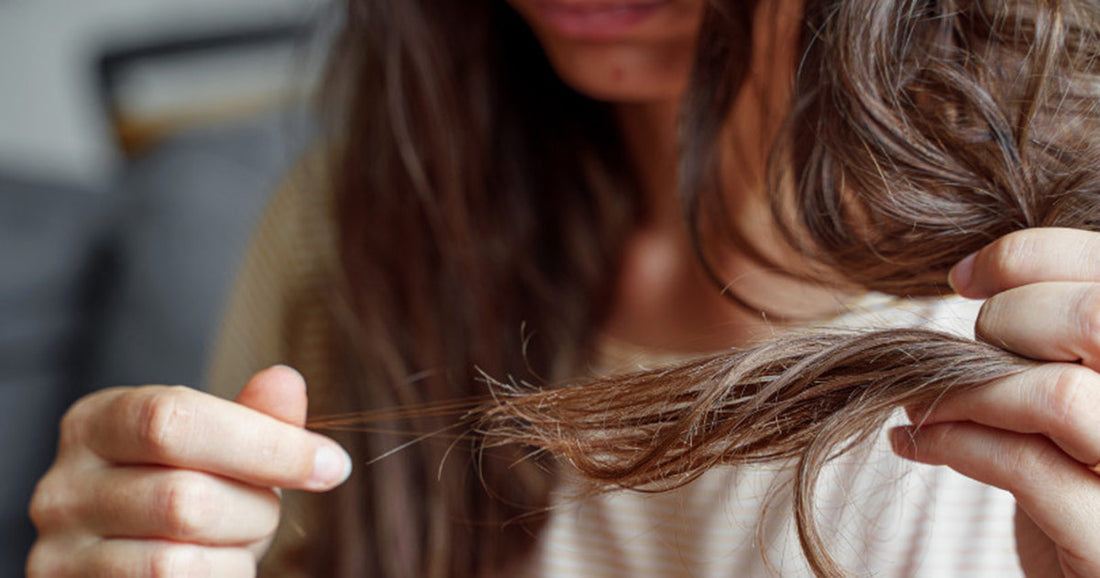
Hair is one of the first features we notice about other people and is one of the most important features we notice about ourselves. That’s why hair loss is a top concern for many of our patients, despite the fact that most people will experience a form of hair loss at some point in their lives.
Understanding Common Causes of Hair Loss There are dozens of known causes of hair loss, ranging from postpartum hormonal fluctuations to prescription side effects. Some people’s hair loss is brought on by a specific medical condition or is caused by a variety of compounding factors. While you should make an appointment with your dermatologist to determine the reasons for your hair loss, here are a few common hair loss causes that we see often.
- Androgenetic Alopecia (Pattern Baldness): This is the most common cause of hair loss, affecting both men and women. It is hereditary and occurs due to a combination of genetic factors, hormone imbalances, and age. Men typically experience a receding hairline and thinning at the crown, while women often have diffuse hair thinning.
- Telogen Effluvium: This type of hair loss is often triggered by significant physical or emotional stress, such as surgery, illness, childbirth, or psychological distress. It disrupts the normal hair growth cycle, leading to excessive shedding and temporary hair loss.
- Alopecia Areata: An autoimmune condition in which the immune system mistakenly attacks hair follicles, causing patchy hair loss. It can occur at any age and may result in complete baldness in severe cases. Nutritional Deficiencies: Inadequate intake of essential nutrients like iron, zinc, biotin, and vitamins A, D, and E can contribute to hair loss. A balanced diet rich in these nutrients is crucial for maintaining healthy hair.
- Hormonal Causes: Thyroid abnormalities or endocrine abnormalities such as a condition called Polycystic Ovarian Syndrome (PCOS) can cause hair thinning, shedding, or both.
- PRP Injections (Platelet-Rich Plasma): PRP is an innovative treatment that utilizes a patient's own blood to stimulate hair growth. Blood is drawn, processed to separate platelet-rich plasma, and then injected into the scalp. PRP contains growth factors that promote hair follicle regeneration and improve blood circulation to the area. Multiple sessions are typically required for optimal results.
- Laser Therapy: Laser therapy devices emit red light to stimulate hair growth. It may increase blood flow to the scalp, promote cellular activity, and enhance the hair follicles' performance. LLLT can be used at home or in clinical settings.
- Minoxidil (Rogaine): A topical medication available over the counter, minoxidil is widely used to treat androgenetic alopecia. It stimulates hair follicles, prolongs the growth phase, and increases hair thickness. Regular application is necessary to maintain the results. Low-dose Minoxidil is now being prescribed as an oral medication to treat many different types of hair thinning in both men and women.
- Finasteride (Propecia): This prescription medication is primarily used for male pattern baldness. It works by blocking the conversion of testosterone into dihydrotestosterone (DHT), a hormone that contributes to hair loss. Women of childbearing potential should not use finasteride.
